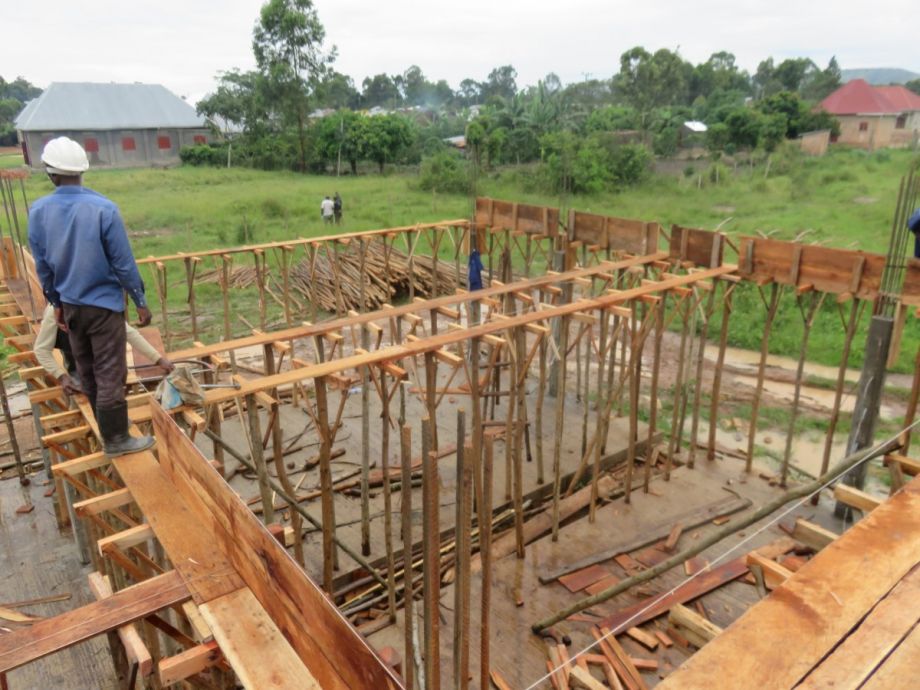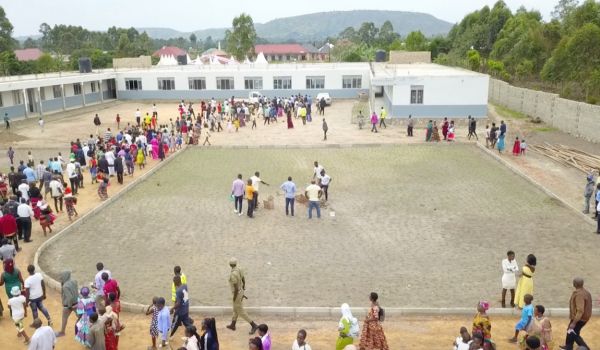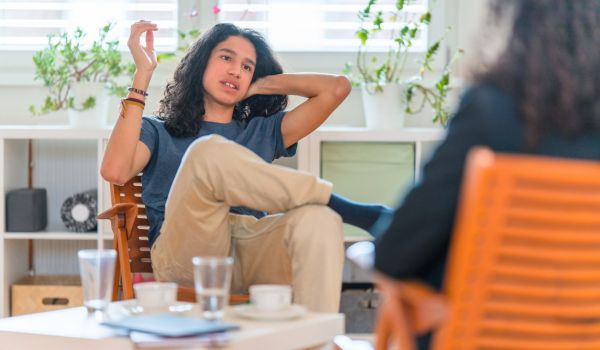One Laptop Per Child is a nonprofit that’s sought to address educational inequity by providing children with rugged, bright green, antennae-laden laptops. Stove Team International has decided that they can protect the environment by placing low-smoke, fuel-efficient stoves in homes across Latin America. LifeStraw began as a humanitarian effort to filter water-borne diseases in African countries; since roughly 2011 it has pivoted to market its product as outdoor gear.
While arguably interesting ideas, nonprofits like these beg the question: Are updated stoves and plastic-heavy laptops and straws really what these communities need? Are these the most pressing problems these communities would address if they had the resources and power to select issues and initiatives themselves? Or is nonprofit work sometimes more about the good-natured intentions of people in the West fashioning themselves as global do-gooders instead?
“The fact is that, in most cases, the solutions and systems and changes that are envisioned are not coming from the community itself and not owned by the community itself,” M. Scott Frank says. Frank is the executive director and co-founder of InteRoots, a self-described non-colonial nonprofit launched in 2018.
The Denver-based organization came out of 10 years of discussing the issues that plague philanthropy with Frank’s friend, Ronald Kibirige, now chair of InteRoots’ board. The result is InteRoots’ community-centric approach to philanthropy where everything — from the impetus for a project to how it’s executed and even to InteRoots’ board itself — is community-led.
In the nonprofit world, Frank says, initiatives and programs often follow the funding of foundations rather than the needs of a given community.
“Often enough, there was good work that was happening and good hearts that were doing that work, but we weren’t seeing systemic change or interactions that were equitable,” Frank says. Frank and Kibirige set out to start a nonprofit that would exemplify how to do this work better, both in an international development context and here in the U.S.
InteRoots carries out its community-first and community-owned approach in several ways. First, initiatives either begin with a request from a community, a board member who wants to start a project in their community, or through a funder who wants their dollars to be put to work in a non-colonial way. This all hinges on the notion that communities — and communities alone — know not only what they need, but how to best accomplish it.
“It’s an assumption not of scarcity, but that a wealth of knowledge and skills already exists in any community,” Frank explains. “The question is, how do you create a structure and agreement and trust between people to unleash those resources that are already there in the people? It’s not about something needed to be brought to a place — that’s the colonial mindset.”
Once a project is identified, a community board is established in order to ensure that the problem is well understood and that all work is carried out in a culturally relevant way. InteRoots is never involved in the community board; it’s a place where community members can talk openly and freely and then partner and communicate with InteRoots through a community liaison. A community member is also selected to sit join the InteRoots board along with relevant experts and community members from other projects. The board operates on two-year contracts and breaks out into subcommittees to advise on individual projects. Finally, a community-identified partner, such as a local nonprofit, is selected to help carry out the work.
Throughout all of this, InteRoots plays a facilitator role, helping their projects eventually become 100% community-owned and -facilitated. “We view ourselves as just kind of a shell, a structure through which the community can leverage us to get a connection to resources,” Frank says.
In the case of Tanaya Winder’s Dream Warriors COVID-19 relief project, she leveraged InteRoots as a distribution partner for $50,000 in funding that her organization received from the Reva and David Logan Foundation. As an artist organization, “we are not a nonprofit, we don’t have the capacity to do that,” Winder says. “So we worked with InteRoots to help set up that fund and disseminate that money to [Native American] families who needed it during the pandemic.” Through the collaboration, the money reached 205 recipients.
InteRoot’s other projects include Young Mobilizers, an Atlanta-based group that focuses on addressing equity by providing employment and professional opportunities for 32 students and a longstanding partnership with community members in Kasasa, Uganda, to build the Tat Sat Community Academy, a school designed to ensure that Ugandan cultural traditions remain intact in the face of a largely westernized education system.
The main challenge for InteRoots, though, is funding. “One of the challenges with our innovative approach to board membership is that we have trouble accessing the resources that classic boards have,” Frank says. “That’s something that we’re trying to figure out how to balance as we go forward. We really need all types of representation on the board.”

Cinnamon Janzer is a freelance journalist based in Minneapolis. Her work has appeared in National Geographic, U.S. News & World Report, Rewire.news, and more. She holds an MA in Social Design, with a specialization in intervention design, from the Maryland Institute College of Art and a BA in Cultural Anthropology and Fine Art from the University of Minnesota, Twin Cities.
Follow Cinnamon .(JavaScript must be enabled to view this email address)
















